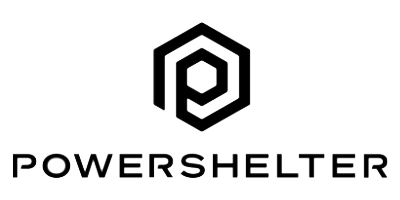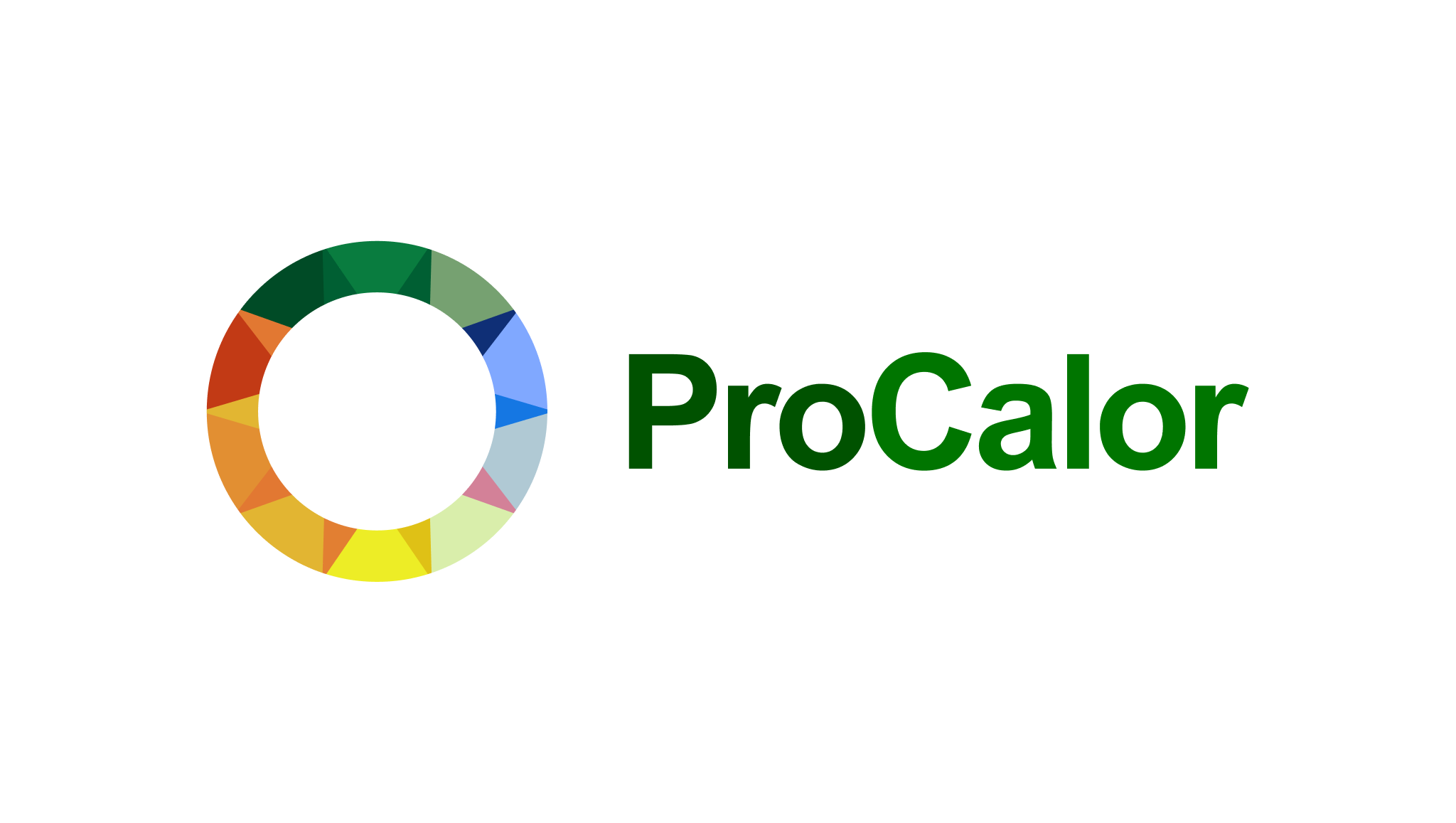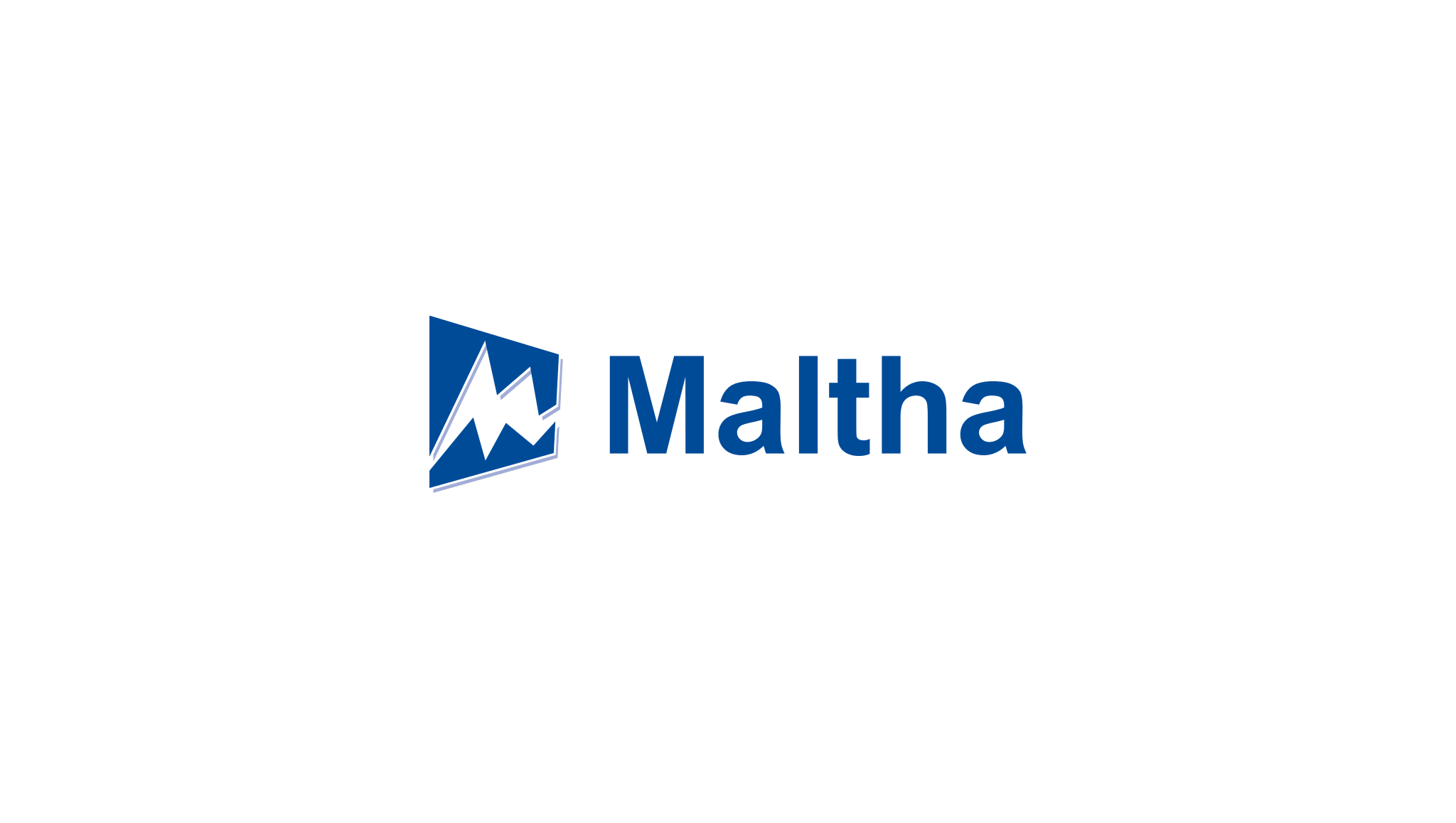CE marking
When placing a product on the market within the European Union, obtaining a CE marking is essential. But it can be a complicated and time-consuming process. Fortunately, our experts at Instrux are ready to assist you with the six steps for CE marking. From determining which directive applies to your product, to drawing up a technical file and applying the CE marking to your product.
We ensure that your product meets all European requirements and regulations. Save time and avoid costly mistakes by calling on the help of our specialists. Contact Instrux today and let us take care of your CE marking.
Request a quote
The 6 steps of Instrux
1
In step 1 of the CE marking process you must determine which EU directive or regulation applies to your product. This is crucial because the CE marking indicates that your product meets the requirements of this legislation.
2
Step 2 of the CE marking process is to identify the harmonized standards that apply to your product. These standards specify the technical requirements that must be met to meet the essential requirements of the applicable EU directive or regulation.
3
In step 3 of the CE marking process, it is extremely important to identify and strictly comply with all legal requirements relevant to your product, the market or the applicable regulations.
4
Step 4 of the CE marking process involves testing the product to assess whether it meets European requirements. This requires expertise and specialized equipment that is not always available to individuals or companies.
5
Step 5 of the CE marking process involves the preparation of a technical file containing all documentation of the product's compliance with European requirements.
6
Step 6 of the CE marking process involves affixing the CE marking to the product and drawing up a declaration of conformity. The CE marking is a legally required marking that indicates that the product complies with all applicable EU directives and regulations and that it is safe for use.
CE marking is crucial when marketing your product within the EU. Let the experts at Instrux help you with the six steps for CE marking. From identifying the applicable guidelines to drawing up a technical file and carrying out product tests. We ensure that your product meets all European requirements and regulations.
1
This will help you identify the essential requirements your product must meet to be sold in the EU.
In step 1 of the CE marking process you must determine which EU directive or regulation applies to your product. This is crucial because the CE marking indicates that your product meets the requirements of this legislation.
It is important to identify the correct legislation, because the essential requirements differ per directive or regulation. By researching the nature and purpose of your product and looking at the sector and standards that apply, you can determine the appropriate legislation.
2
Harmonized standards are technical specifications that provide a presumption of conformity with the essential requirements of the relevant directive or regulation.
Step 2 of the CE marking process is to identify the harmonized standards that apply to your product. These standards specify the technical requirements that must be met to meet the essential requirements of the applicable EU directive or regulation.
Harmonized standards are developed by European standards bodies and approved by the European Commission. It is important to identify the relevant standards for your product as compliance with these standards is presumed to result in conformity with the essential requirements of the EU directive or regulation
3
Failure to comply with these requirements may prevent your product from being sold in certain EU member states.
In step 3 of the CE marking process, it is extremely important to identify and strictly comply with all legal requirements relevant to your product, the market or the applicable regulations.
One of these crucial requirements includes conducting a thorough risk assessment, exposing all potential risks of your product. This risk assessment acts as an indispensable guide, allowing manufacturers to make adjustments to their products to ensure consumer safety. The document is not only a means of complying with regulations, but serves as a proactive measure to ensure the integrity and safety of the product throughout its life cycle. In addition, more laws may apply to your product that fall outside the CE. It is important that these are also identified.
4
This may include testing for safety, electromagnetic compatibility or other relevant factors.
Step 4 of the CE marking process involves testing the product to assess whether it meets European requirements. This requires expertise and specialized equipment that is not always available to individuals or companies.
It is not recommended to perform these tests yourself as it may lead to inaccurate results and potentially unsafe products. Instead, tests should be carried out by accredited laboratories or competent authorities. These agencies have the knowledge, expertise and equipment to conduct the required tests and assess the results. By working with recognized bodies, manufacturers and importers can be sure that their products meet European requirements and are safe for consumers.
5
This record must be retained and available to regulatory authorities upon request.
Step 5 of the CE marking process involves the preparation of a technical file containing all documentation of the product’s compliance with European requirements.
The technical file must contain detailed information on the design, construction, operation, test results and conformity of the product. In addition, all documents and certificates collected during the production process must be included. The technical file is crucial because it serves as proof that the product complies with the CE marking requirements and European Union safety standards. The file must be available to the competent authorities and can be checked if necessary.
6
This document must be retained and available to regulatory authorities upon request.
Step 6 of the CE marking process involves affixing the CE marking to the product and drawing up a declaration of conformity. The CE marking is a legally required marking that indicates that the product complies with all applicable EU directives and regulations and that it is safe for use.
The Declaration of Conformity is a document demonstrating that the product complies with all relevant regulations and standards and must be kept and available to regulatory authorities on request. By affixing the CE marking and drawing up the declaration of conformity, the manufacturer declares that the product meets the requirements of EU regulations and that it can be used safely by the consumer.
Receive professional guidance for the CE marking of your products at Instrux!
CE marking is crucial when marketing your product within the EU. Let the experts at Instrux help you with the six steps for CE marking. From identifying the applicable guidelines to drawing up a technical file and carrying out product tests. We ensure that your product meets all European requirements and regulations.
Save time and avoid costly mistakes by calling in our specialists. Contact Instrux today and let us take care of your CE marking!
Contact Instrux for professional guidance with the CE marking of your products.
Contact us


